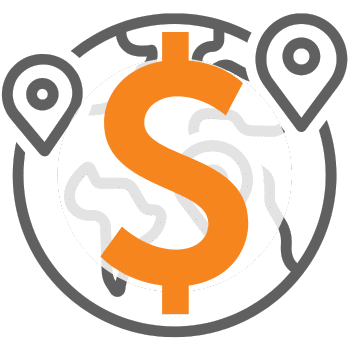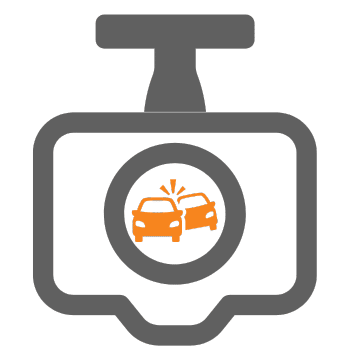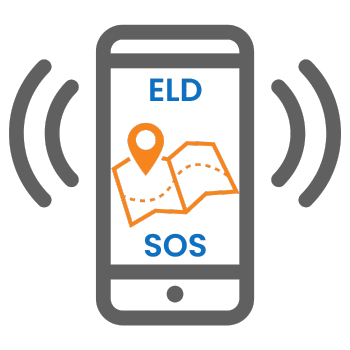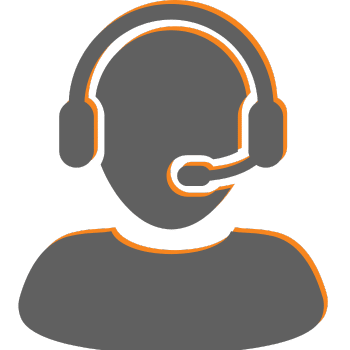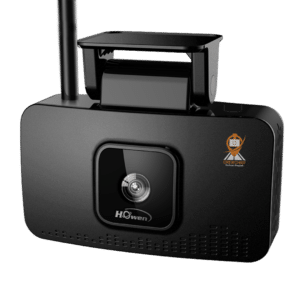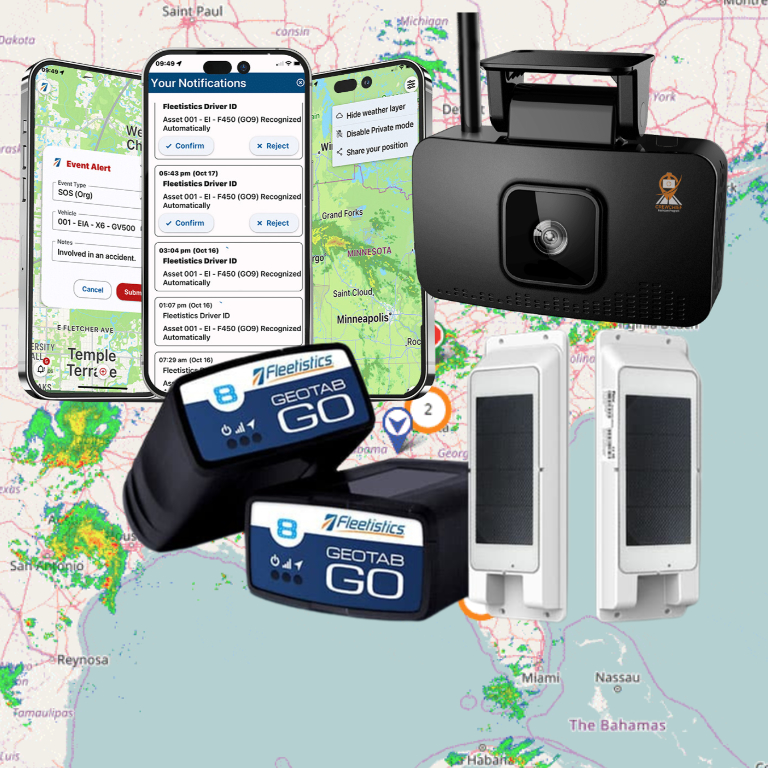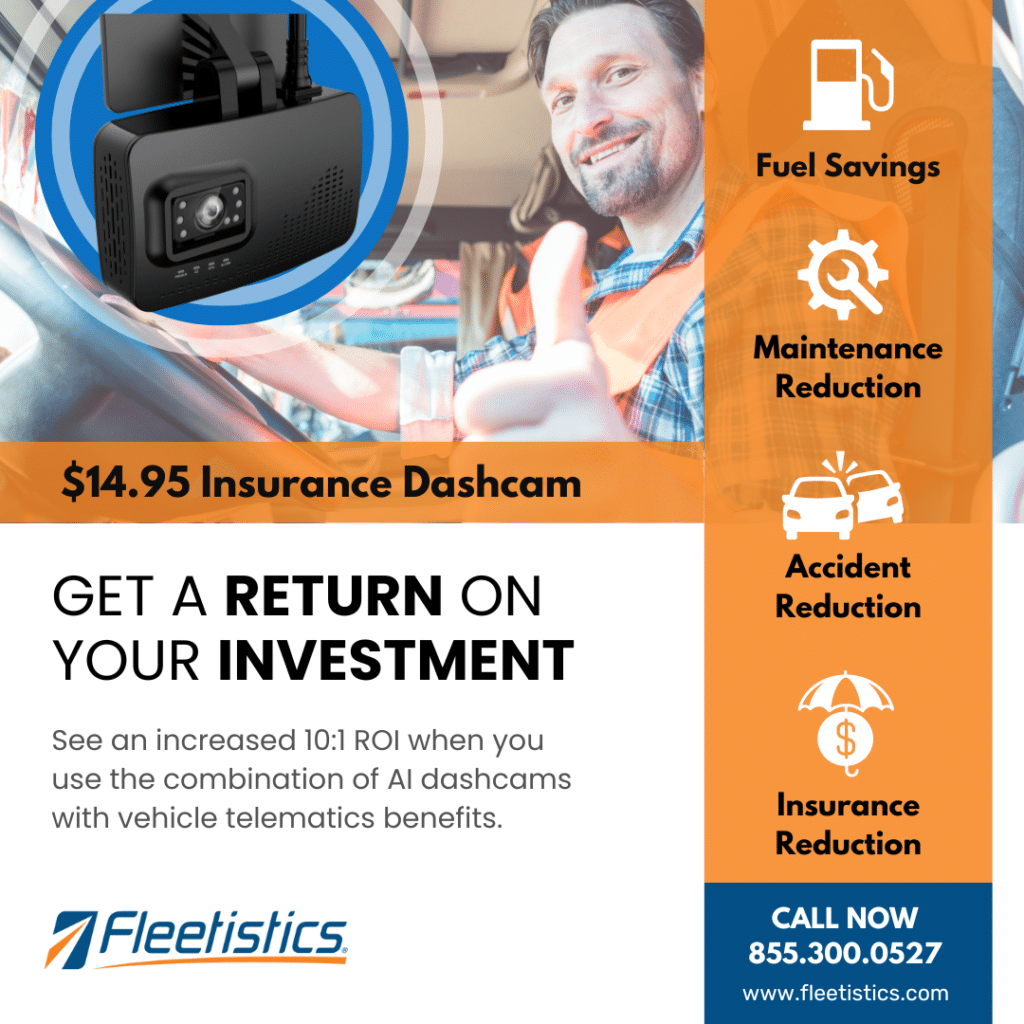Your Competitive Edge
Leveraging GPS Tracking and Dash Cams in today’s fast-paced mobile service industries can be a big win. Customers expect reliability, transparency, and efficiency. Business owners are constantly searching for innovative ways to stay ahead of the competition. Leveraging GPS tracking and dash cams can be a real game-changer for any mobile operation.
Here’s how one might creatively and strategically use these technologies to not only stand out in a crowded market but also provide unmatched value to customers.
1. Improving Operational Efficiency with Real-Time GPS Tracking
One of the most significant advantages of GPS tracking is the ability to monitor vehicle and fleet movements in real-time. This isn’t just about knowing where each vehicle is, it’s about optimizing the entire operation.
For instance, with real-time data, a business can refine routing. Consider a plumbing service: if a technician finishes a job early and another nearby customer has an urgent request, that technician can be quickly reassigned instead of dispatching someone from across town. This level of agility means faster response times, which keeps customers happy and gives the business a strong edge over its competitors.
Furthermore, inefficiencies can be identified and eliminated. If certain routes consistently cause delays, adjustments can be made. By reducing unnecessary mileage, the business not only saves on fuel and maintenance costs but also reduces its carbon footprint, which resonates with environmentally conscious clients.
2. Enhancing Accountability and Safety with Dash Cams
Dash cams offer a window into daily operations. They’re not just for recording incidents; they help create a culture of accountability and safety.
A business can use dash cam footage to review and improve driver behavior. If footage shows that some drivers are braking harshly, speeding, or engaging in other risky actions, targeted coaching can be provided. This helps reduce the likelihood of accidents and builds a culture of safety within the team.
Additionally, dash cams protect the business from false claims. Accidents and disputes are bound to happen, but dash cam footage provides indisputable evidence of what really occurred. This protects drivers from unfair blame, reduces the risk of insurance fraud, and sends a strong message to customers that the business takes safety and transparency seriously.
3. Building Trust Through Transparency
In any service industry, trust is everything. GPS tracking and dash cams provide an excellent opportunity to deliver transparency that customers will appreciate.
For example, real-time tracking updates can be shared with customers, so they know exactly when to expect a technician. This eliminates the frustration of waiting for vague arrival windows. Such transparency builds trust and sets the business apart from competitors that still operate in the dark.
Dash cam footage can even be used to share updates with customers or highlight the professionalism of the team. Imagine sending a short video clip to a customer showing the technician en route, following safety protocols and adhering to traffic rules. It’s a creative way to reinforce a brand’s commitment to safety and reliability.
4. Data-Driven Insights for Continuous Improvement
Both GPS tracking and dash cams generate a wealth of data that can be analyzed for ongoing improvement.
For example, this data can help identify patterns: which technicians are the most efficient? Which routes save the most time and fuel? This data-driven approach enables better operational decisions and helps fine-tune processes to stay ahead of the competition. Dashcams have also been shown effective in combating fraudulent insurance claims.
Data can also be integrated into performance reviews and reward programs for staff. Recognizing top performers not only motivates the team but also creates a healthy sense of competition that drives excellence in service delivery.
5. Enhancing Customer Experience and Loyalty
In the service and delivery sectors, customer experience is paramount. Leveraging these technologies can dramatically elevate the customer experience.
Real-time tracking updates keep customers informed and reduce anxiety, especially for emergency services like HVAC repairs or plumbing emergencies. If there’s a delay, proactive communication – including updated ETAs – can reassure the customer that their time is valued.
Over time, these small but meaningful interactions build loyalty. Customers remember when a company goes out of its way to keep them informed and safe.
6. Competitive Marketing Edge

Beyond internal operations, these technologies can be powerful marketing tools. They can be highlighted in advertising campaigns and social media posts to showcase how safety, reliability, and innovation are integrated into the business.
For instance, short videos or infographics can be created to explain how these technologies enhance safety and ensure reliable service. This helps differentiate the business from competitors and appeals to tech-savvy and safety-conscious customers.
Customers are more likely to choose a service that leverages modern technology. It signals that the business is forward-thinking, professional, and committed to delivering the highest quality service.
7. Creative Use of Footage and Data
Here’s where the creative side comes in. While dash cams and GPS tracking have practical uses, they also offer a fresh angle for brand storytelling.
For example, short “day in the life” videos could be created featuring team members in action, safely navigating the city and efficiently helping customers. These videos can be shared on business websites and social media to humanize the brand and highlight a commitment to professionalism and safety.
The data from these technologies can also be used to create blog infographics, like “How Our Tech Keeps You Safe” or “A Peek Inside Our Smart Service Fleet.” This positions the business as an expert in both the service and technology spaces, building authority in the market.
8. Staying Ahead of Regulatory and Insurance Requirements
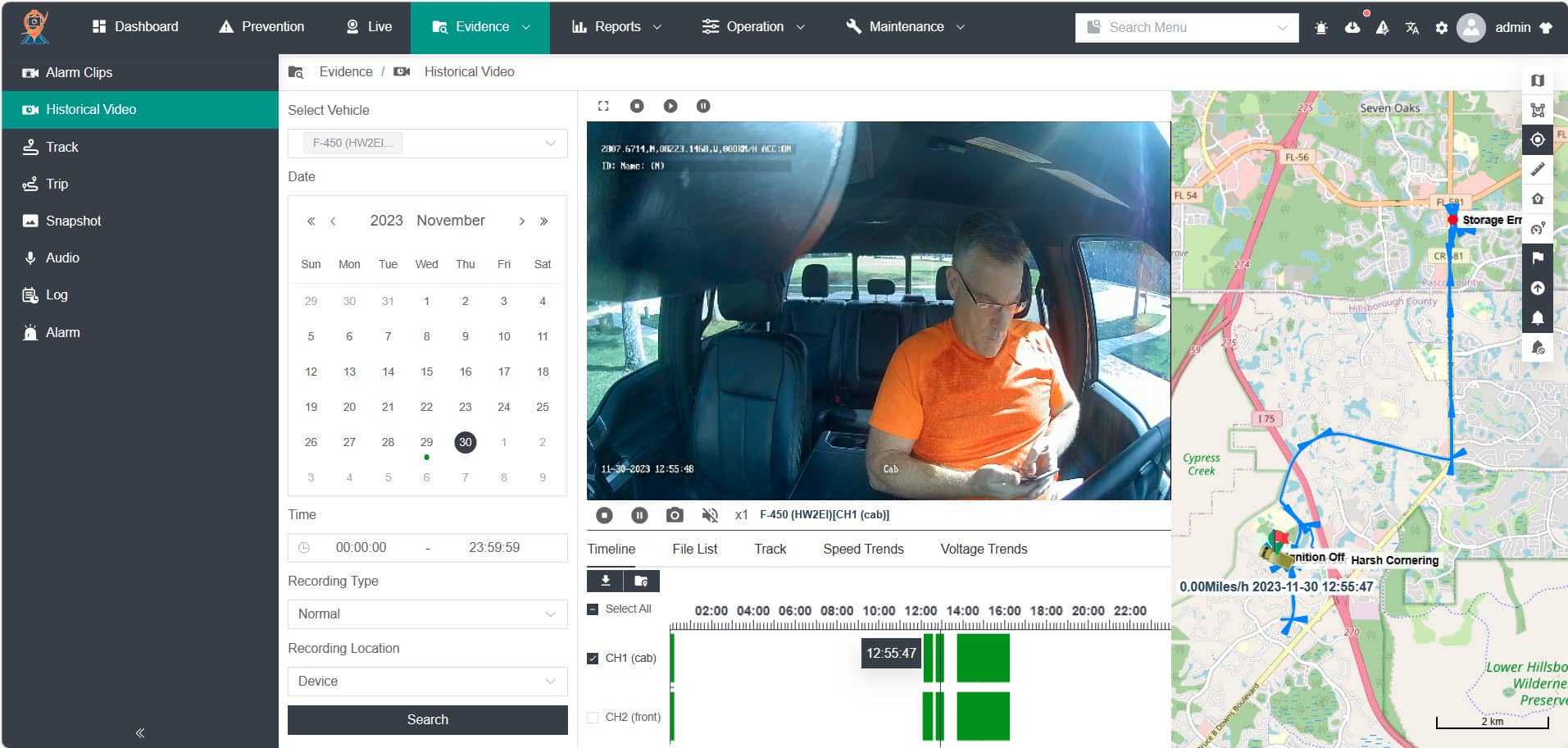
Another key aspect is risk management and compliance. Many insurance providers now offer discounts for businesses that use dash cams and GPS tracking because they lower the risk of accidents and fraud. This can significantly reduce insurance costs providing an immediate financial advantage.
Additionally, as regulations around driver safety and vehicle monitoring become stricter, proactively adopting these technologies helps the business stay ahead of the curve and avoid potential fines or compliance issues down the road.
9. Empowering the Team
Finally, and most importantly, these technologies can be used to empower, not just monitor the team. Rather than viewing GPS tracking and dash cams as “big brother,” they can be framed as tools for collaboration and improvement.
Team members can be invited to review footage and data, sharing their own insights and ideas for improvement. This collaborative approach turns surveillance into a shared tool for growth and success.
Conclusion: An Exciting Future Awaits
GPS tracking and dash cams aren’t just gadgets – they’re powerful strategic assets that can make a service business more competitive in multiple ways: improved efficiency, increased safety, better customer experiences, and a stronger brand identity. By adopting these technologies creatively and transparently, a service business can differentiate itself, build customer loyalty, and create a culture of accountability and excellence within the team.
This is the future of mobile service and delivery, and it’s an exciting one. For any business considering these technologies, taking the plunge is a smart move, an investment that pays dividends in customer trust, operational efficiency, and long-term success.
Ready to take the plunge?
Speak with a Fleetistics consultant to find
the right solutions and maximum ROI potential
for your fleet.

